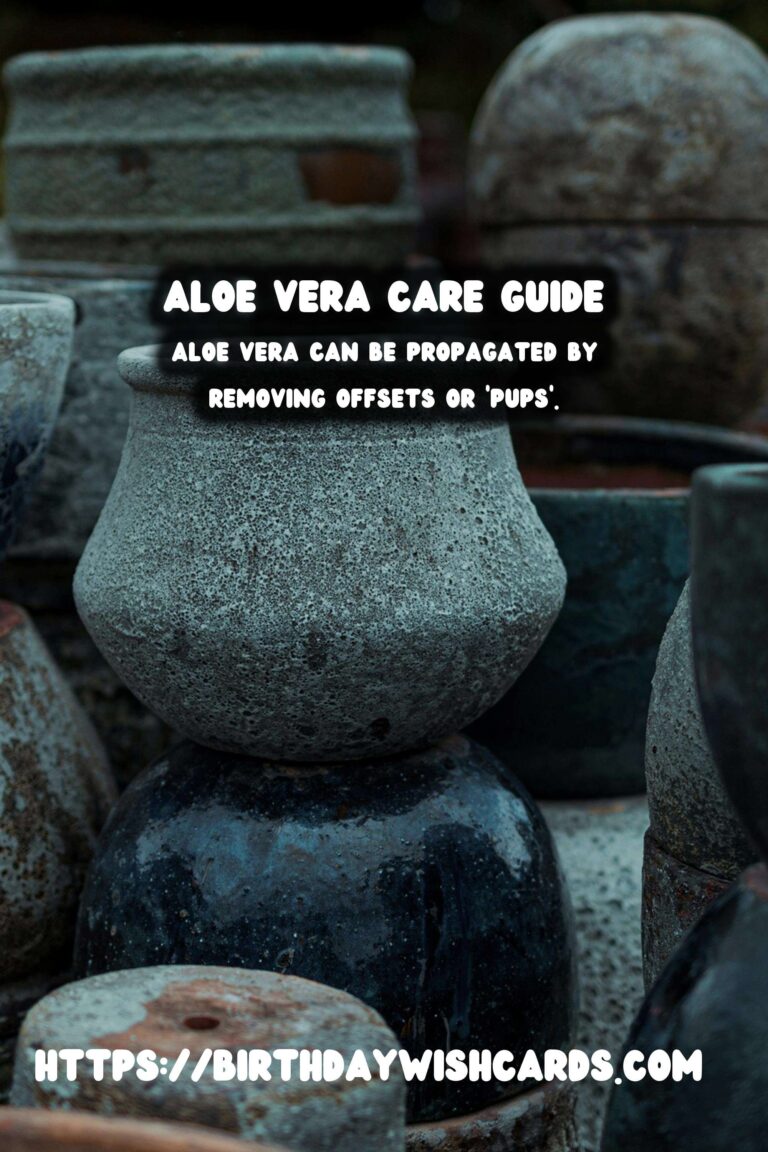
Aloe Vera is a versatile and resilient plant, widely recognized for its medicinal properties and ease of care. Often referred to as the ‘First Aid Plant’, Aloe Vera is a staple in homes due to its numerous health benefits and minimal care requirements. This guide will provide you with everything you need to know about nurturing your Aloe Vera plant, ensuring it thrives and continues to provide its healing properties.
Understanding Aloe Vera
Aloe Vera is a succulent plant species of the genus Aloe. It grows wild in tropical climates and has been used for centuries as a medicinal plant. The plant is known for its thick, fleshy leaves that contain a gel-like substance rich in vitamins, minerals, and amino acids.
Benefits of Aloe Vera
The gel inside Aloe Vera leaves is often used to treat skin conditions, improve digestion, and boost immunity. Its soothing properties make it a popular remedy for burns, cuts, and insect bites.
Choosing the Right Environment
Aloe Vera thrives in warm, dry conditions. Ideally, it should be placed in a location where it can receive plenty of sunlight. If kept indoors, a south or west-facing window is perfect. Outdoors, Aloe Vera should be planted in well-draining soil to prevent root rot.
Watering Your Aloe Vera
Overwatering is a common mistake when caring for Aloe Vera. Allow the soil to dry completely between waterings. During the growing season (spring and summer), water your Aloe Vera deeply but infrequently. In the dormant period (fall and winter), reduce watering significantly.
Repotting Aloe Vera
Aloe Vera plants can outgrow their pots in time. Repotting is usually necessary every two to three years. Choose a pot with drainage holes and use a cactus or succulent potting mix to ensure proper drainage.
Common Problems and Solutions
Root Rot: Caused by overwatering. Ensure the plant is in a well-draining pot.Leaf Spots: Often a result of too much humidity. Ensure adequate air circulation around the plant.Pests: Aloe Vera can attract pests like aphids and spider mites. Treat with insecticidal soap if necessary.
Propagation of Aloe Vera
Aloe Vera can be propagated by removing offsets or ‘pups’ that grow at the base of the parent plant. Simply remove the pup and plant it in a separate pot with well-draining soil.
Conclusion
Caring for Aloe Vera is straightforward and rewarding. With the right conditions and minimal care, your Aloe Vera plant can thrive and continue to offer its healing benefits. Remember, the key to a healthy Aloe Vera is proper sunlight, well-draining soil, and avoiding overwatering.
Aloe Vera is a versatile and resilient plant known for its medicinal properties. The gel inside Aloe Vera leaves is used to treat skin conditions and boost immunity. Aloe Vera thrives in warm, dry conditions with plenty of sunlight. Overwatering is a common mistake when caring for Aloe Vera. Aloe Vera can be propagated by removing offsets or ‘pups’. 
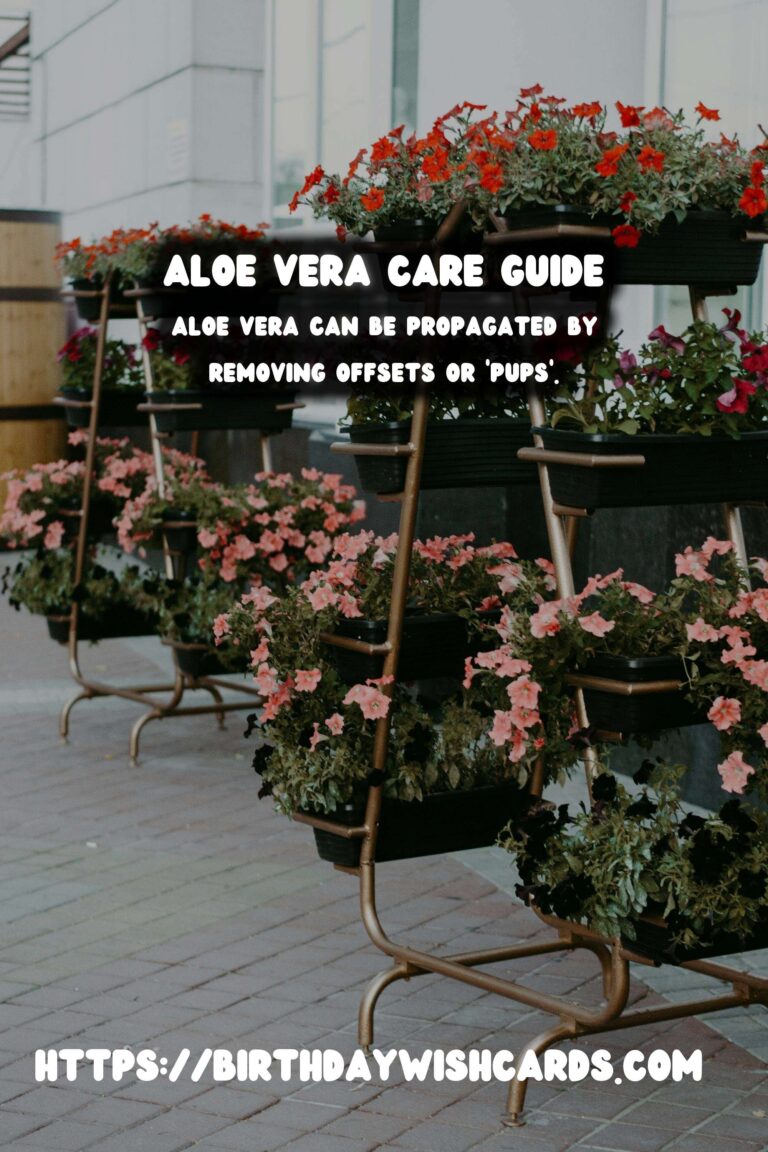
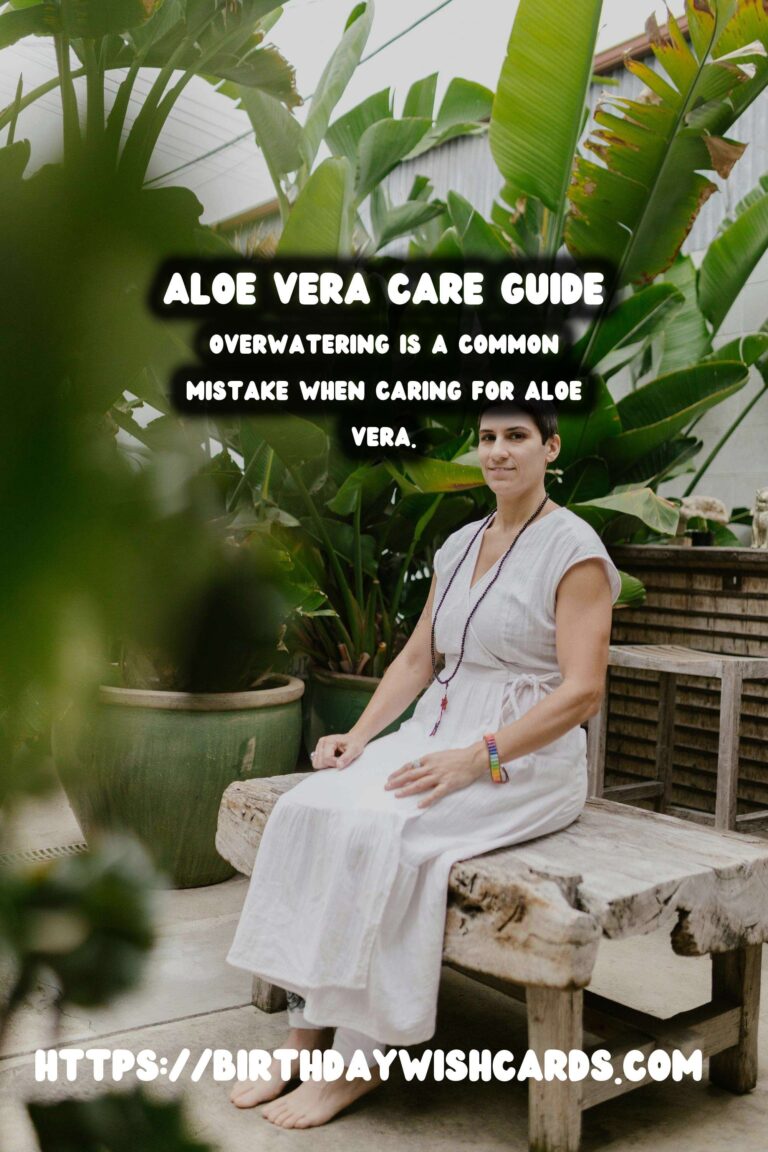
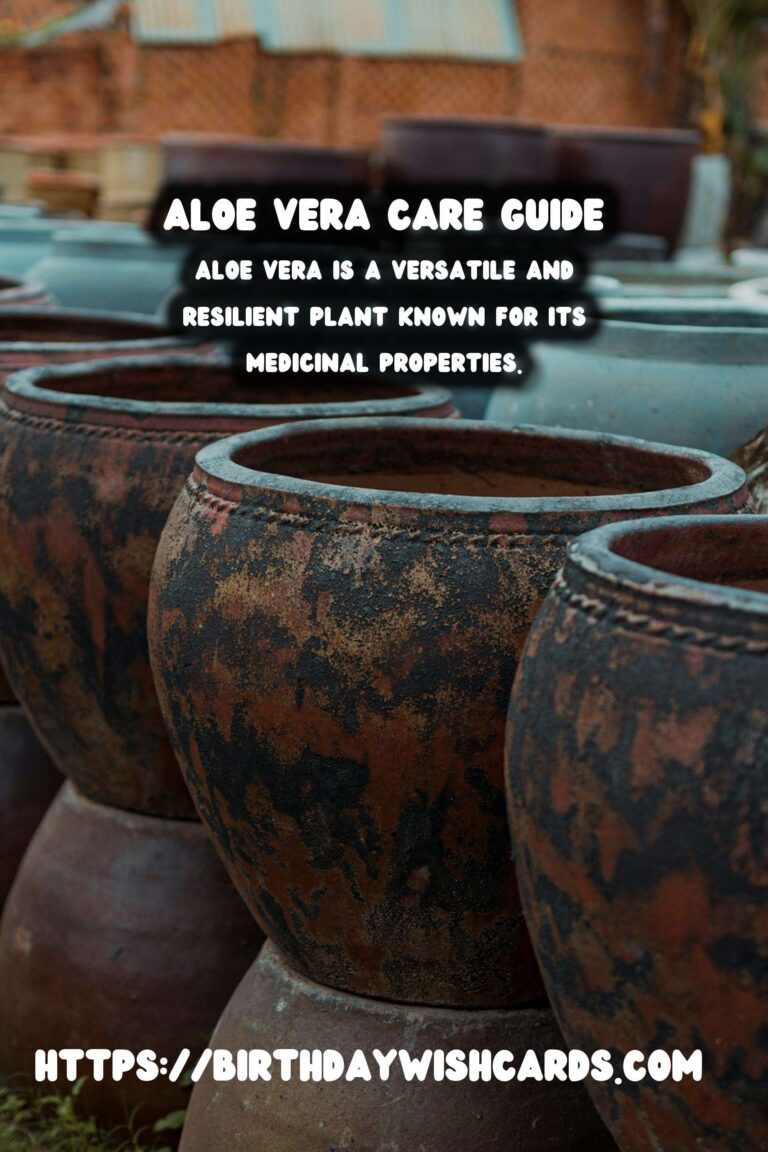
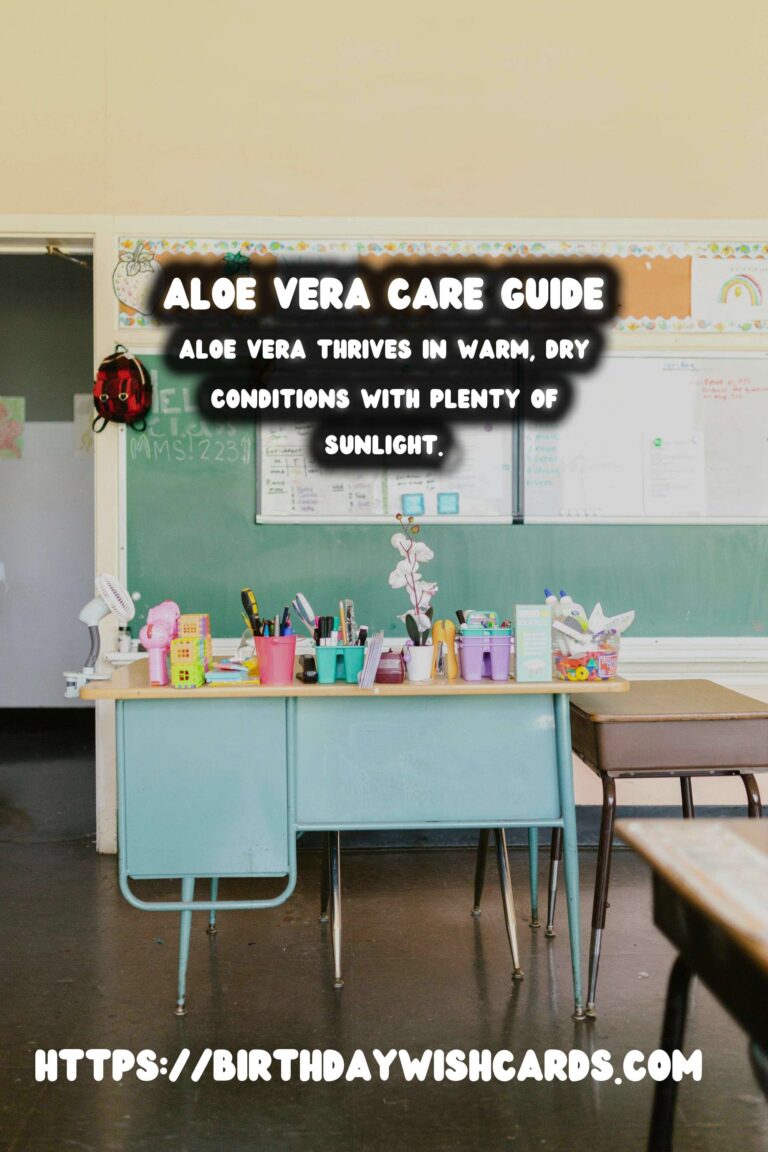
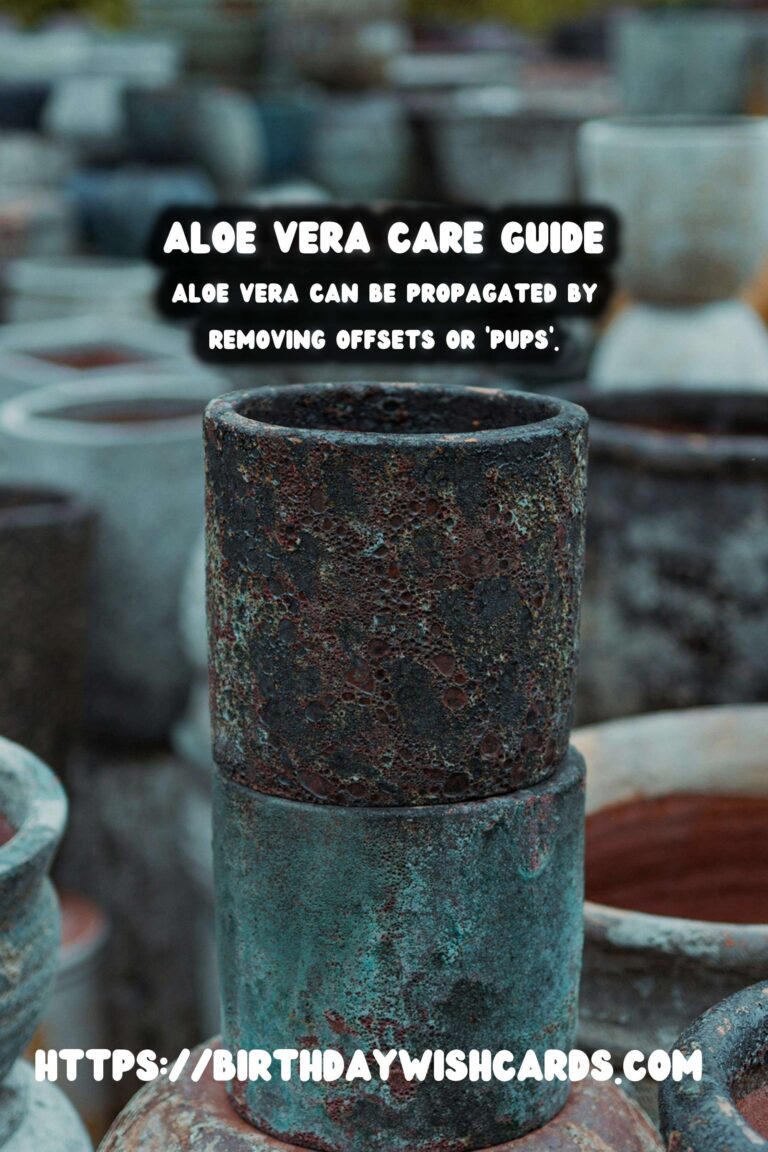
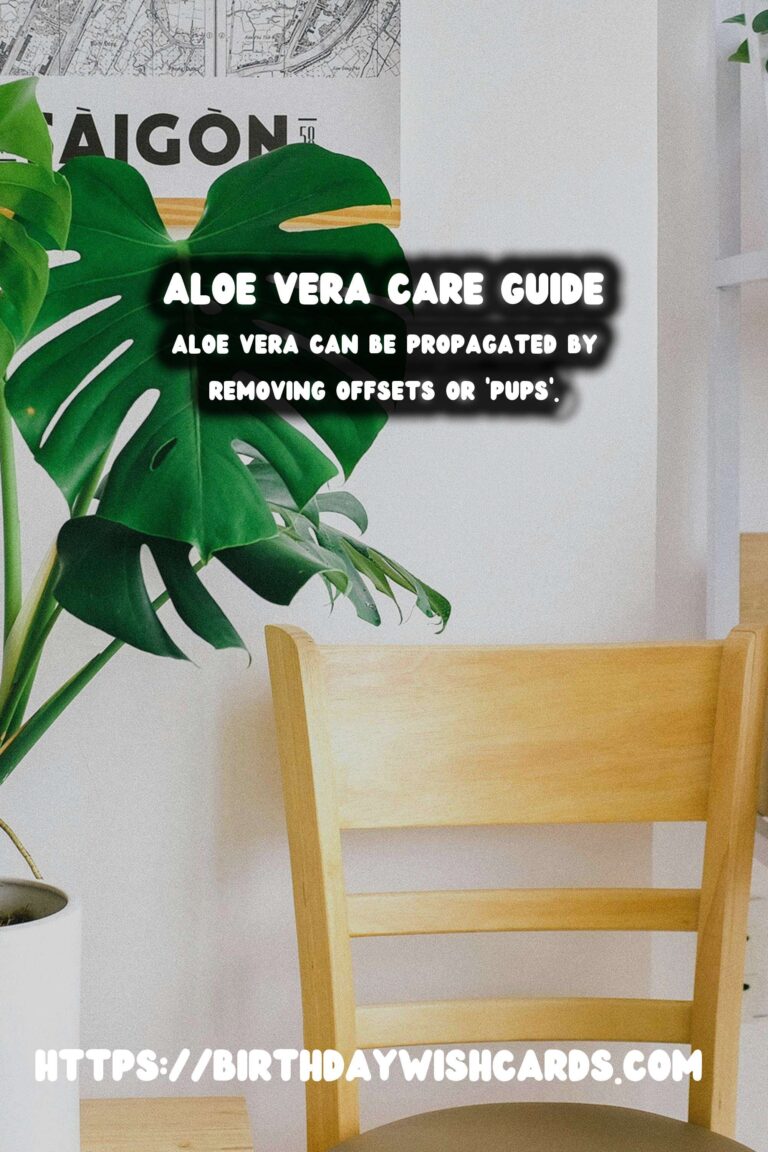
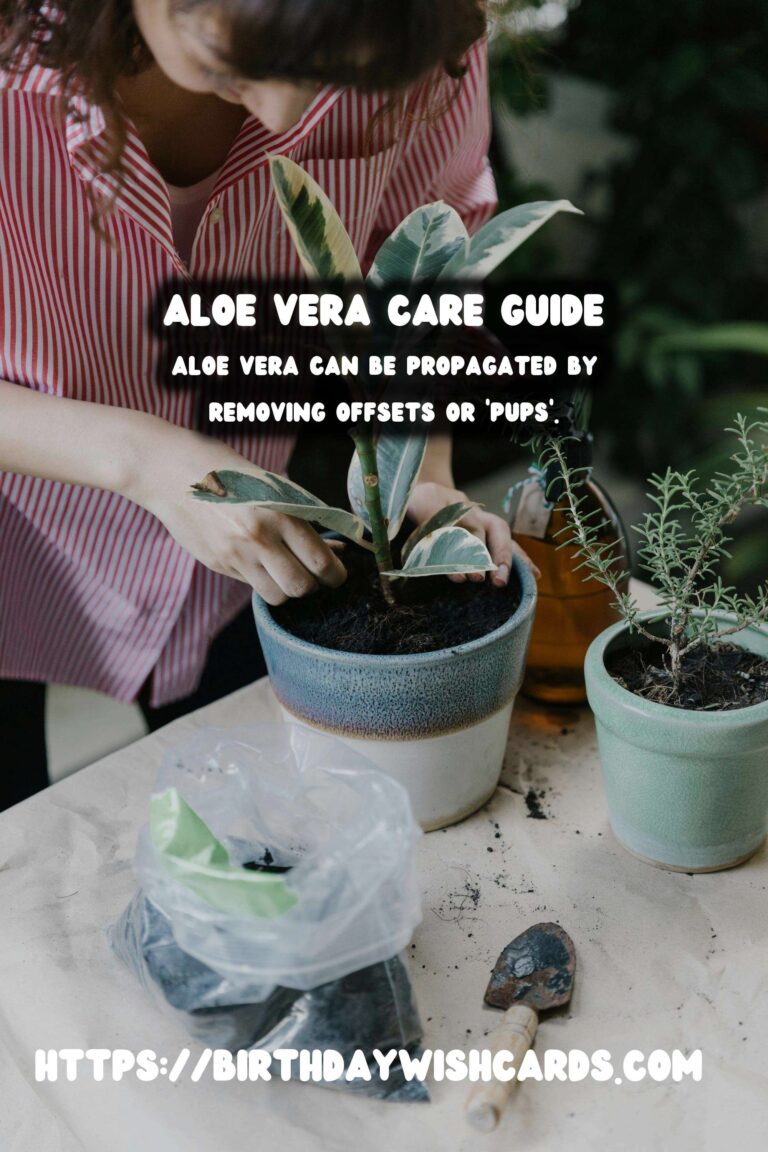
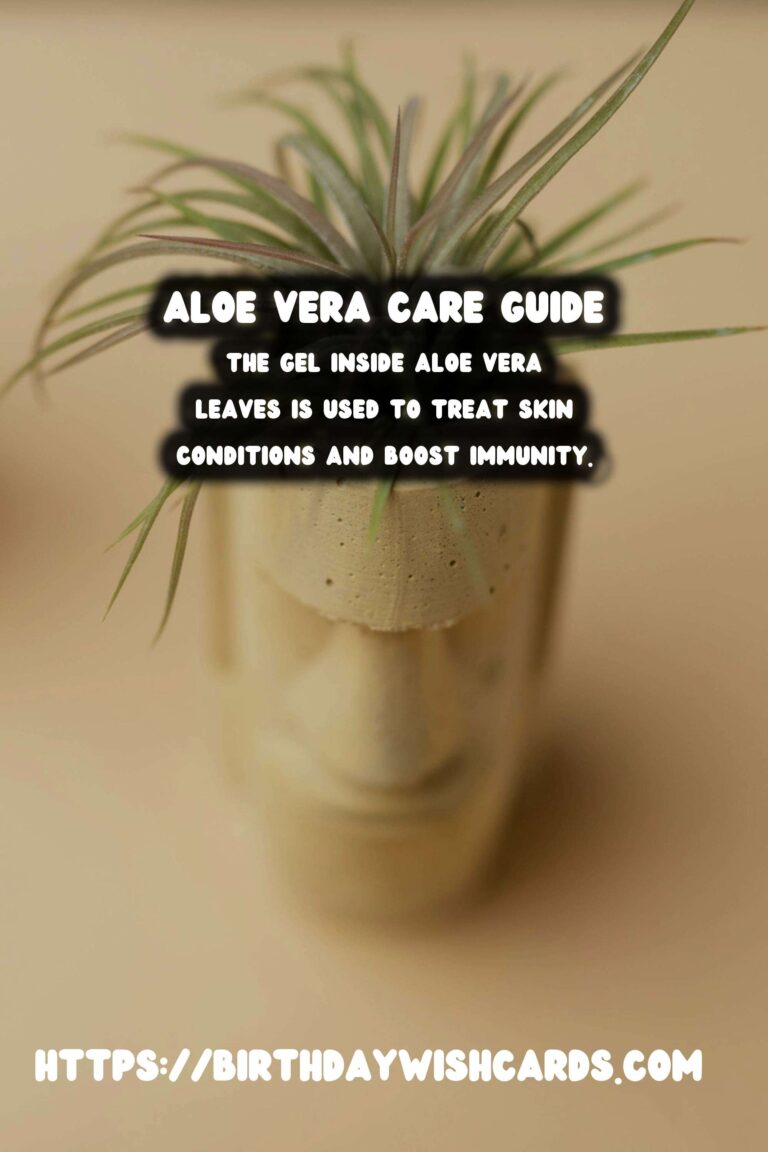
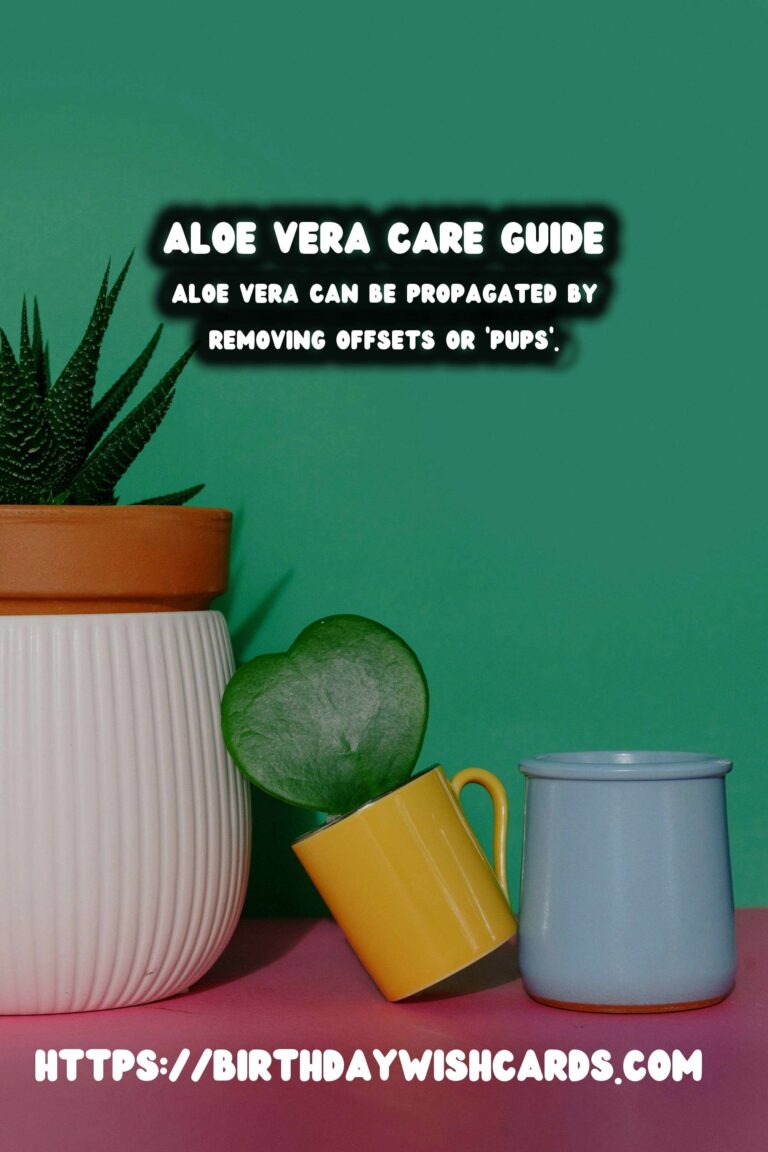
#AloeVera #FirstAidPlant #GardeningTips #PlantCare #MedicinalPlants




